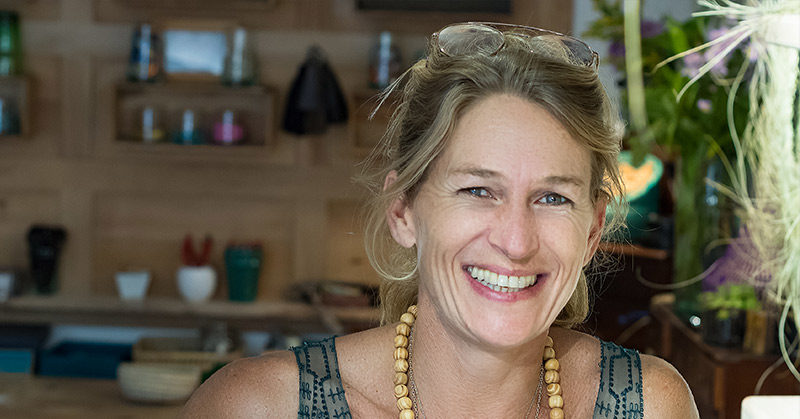“Middle-aged” women are not the same as they once were: Most of us don’t picture long-haired, jeans, and converse-wearing women when we hear this term. A 2017 survey done exclusively for The Telegraph shows that society’s image of women in their 40s and 50s no longer fits with who they actually are. This is the new “ageless generation”. (1)
The Ageless Generation
Marketing agency Superhuman conducted a survey of 500 women exclusively for the Telegraph to learn how they feel about their age and what it represents. (1) The study found that (1):
- 80% felt that society’s assumptions about middle-aged women do not accurately reflect who these women actually are and how they live their lives.
- Two-thirds considered themselves to be in the prime of their lives.
- 59% felt as vibrant and young as ever.
- 84% said they don’t define themselves by their age.
- 84% of women use products and services targeted towards younger women.
- 90% think they have a younger attitude than their mother’s generation did at the same age.
49-year-old internet entrepreneur Gina Pell coined this ageless generation as “perennials”.
“Perennials are ever-blooming, relevant people of all ages who know what’s happening in the world, stay current with technology and have friends of all ages. We get involved, stay curious, mentor others, and are passionate, compassionate, creative, confident, collaborative, global-minded risk takers.” she explained. (1)
These women are not trying to look 20-years-old again, on the contrary, they are quite comfortable with themselves and their age. They just aren’t buying into the idea that at a certain age they have to look “matronly” or stop creating and achieving new goals for themselves. (1)
The “Look” of The Ageless Generation
Perennials are dressing entirely differently than women of previous generations did at their age. These women are defying what is meant by “age-appropriate” dressing (whatever that means) and are aiming to look cool and sexy. (1)
There are several reasons why this started happening. Firstly, women aren’t retiring as early as they used to. Retiring at 50 is quickly becoming a thing of the past for many people, men included. Plenty of women continue to work and are therefore surrounding and influenced by their younger colleagues. (1)
Secondly, many perennial women’s adult children are still living at home with them. It used to be that once a child left home for university, they were “leaving the nest” for good. This is no longer the case. (1)
Adult children can have a massive impact on their parents: What technology they use, what eating habits they have, and how much they keep up with current fashion trends. (1)
51-year-old Polly Kemp who teaches lives with her three children, photographer husband, and teaches yoga at The Babington House in Somerset in the UK, couldn’t agree more. (1)
“I know I live very differently from how my mother and grandmother did at my age,” she says. “Iggy (her 19-year-old daughter) and I often borrow each other’s clothes, although we might not wear them in the same way. And we both love vintage clothes, so we often trawl charity shops together. We enjoy the same TV series on Netflix, such as Schitt’s Creek, Girlboss and Grace and Frankie; and we’re following the same online daily yoga challenge on YouTube.” (1)
Brands Need to Get On Board
The ageless generation has the strongest buying power of any others – more than millennials and certainly more than gen z. Despite this, they don’t feel seen by marketers and think brands have not recognized how much the “middle-aged” woman has changed. (1)
“Eighty-four percent of the women we surveyed used products and services they felt were aimed at younger women.” says Rebecca Rhodes, founder of Superhuman. “Forty-plus women today look, feel and live differently than the generation before them.” (1)
She explains further how this short-sightedness by brands is a problem.
“We know that 85% of purchasing decisions are made by women and yet 91% of women don’t believe advertisers understand them. This isn’t good enough.” (1)
Under Pressure
The women surveyed skewed overwhelmingly positively towards feeling more confident in themselves and their abilities. However, most of them admitted to feeling increasingly self-conscious about their looks. The pressure to look young is enormous, and it is negatively affecting their self-image. (1)
According to the 50-year-old founder of cosmetics brand Studio 10 Grace Fodor, the key to making perennial women feel seen is by profiling customers based on their tastes and preferences, not on their age. (1)
“Currently, older women are part of the zeitgeist” she says. “Defining people by their birth year is so antiquated.” (1)
Perennial is the New Millennial
Gone are the days of older women fading into the background. With women like Michelle Obama, Julia Roberts, Jennifer Lopez, and countless other “older” women continuing to have successful careers and defy age-related norms, the ageless generation is the new generation to beat. It’s time for brands to get on board.
Keep Reading: These Dresses Record Groping Because So Many Men Won’t Believe Women

